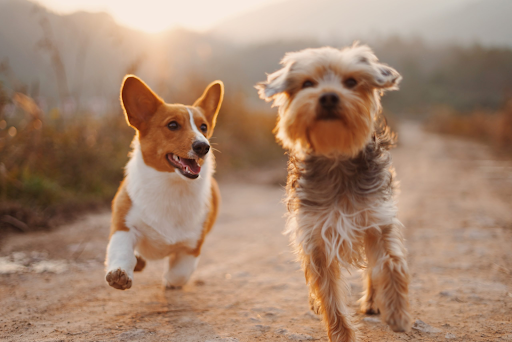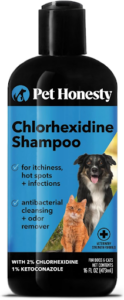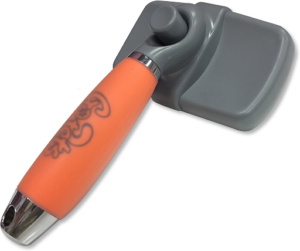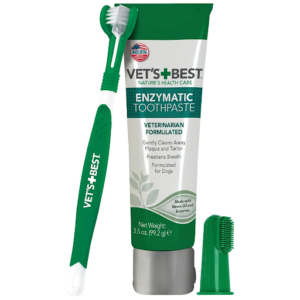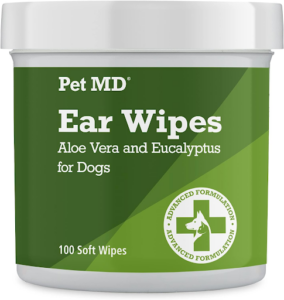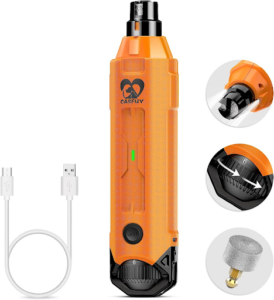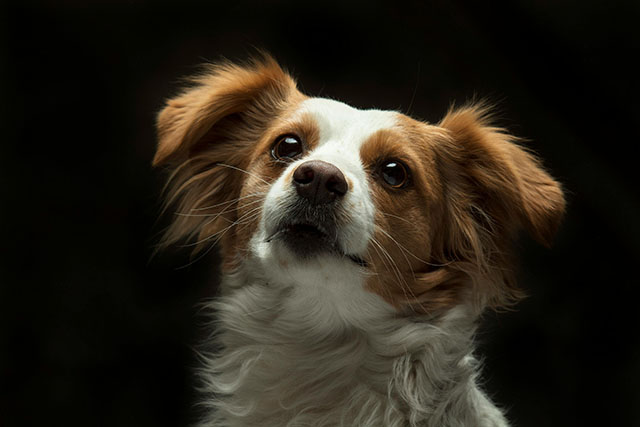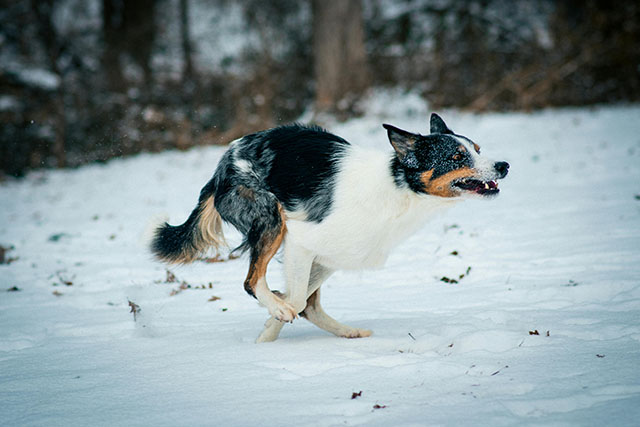Do you often worry about your pup, wondering if they’ll be able to stay comfortable and clean in all kinds of weather? Well, don’t fret! We have some awesome hygiene tips for dogs that will help keep your four-legged family member healthy regardless of season. From the winter chill to the summer sun, we’ve got some super useful advice for keeping your pooch looking – and feeling – their absolute best.
So keep reading to learn more about how you can help them weather any storm!
How Does the Season Affect Dogs?
Dogs are incredibly adaptable creatures, but each season brings challenges and impacts their well-being. Let’s explore how the changing seasons can affect your furry friend.
1. Spring
Spring is a season of rebirth, but it can also spell trouble for dogs.
- Allergies: Just like humans, dogs can suffer from seasonal allergies in the spring. They might start scratching excessively, sneezing, or showing other signs of discomfort.
- Ticks and Fleas: These pesky critters become more active in the spring, leading to skin problems for your dog. Regular flea and tick prevention is essential.
2. Summer
The hot summer months can be especially tough on dogs.
- Dehydration and Heatstroke: Dogs can’t sweat like humans, so they’re prone to heat-related issues and injuries. Ensure they have access to fresh water and provide shade during hot days.
- Paw Pad Burns: Hot pavements and sand can burn your dog’s paw pads. Be cautious when taking them for a walk in the scorching sun.
To learn more about dogs during the hot season, be sure to check this out.:
3. Fall
Fall is a pleasant season for many, but it has its issues for dogs.
- Allergies: Just as in spring, fall can trigger allergies. Watch out for signs like itching, red eyes, and sneezing.
- Leaves and Toxins: Fallen leaves can hide dangers like toxic plants and mushrooms. Keep an eye on what your dog sniffs and chews.
4. Winter
Winter may be a wonderland for some, but it can be challenging for dogs.
- Cold Weather: Dogs with short fur are more vulnerable to the cold. Provide them with warm shelter and clothing when needed.
- Icy Conditions: Watch out for ice on sidewalks and roads, as it can cause injuries. Keep your dog’s paws safe with booties.
Why is Dog Hygiene Important?
Maintaining your dog’s hygiene is about more than just keeping them clean and smelling fresh. It’s vital for their overall well-being and longevity. Here are some compelling reasons why dog hygiene should be a top priority for pet owners:
Health Benefits:
- Preventing Infections: Regular grooming and cleaning can help prevent skin and ear infections, which can be painful and expensive.
- Reducing Allergies: Clean dogs are less likely to trigger allergies in humans, making them more welcome in homes with sensitive family members.
Psychological Well-being:
- Mental Stimulation: Grooming and bathing provide bonding and mental stimulation, keeping your dog’s mind active.
- Stress Reduction: A clean dog is a comfortable and content dog. Regular grooming helps reduce stress and anxiety.
Physical Comfort:
- Preventing Matting and Tangles: Long-haired dogs can develop painful mats and tangles. Regular brushing and grooming prevent these issues.
- Preventing Overheating: Dogs with thick fur can overheat if not groomed properly. A well-groomed coat helps regulate their temperature.
How Do You Maintain a Dog’s Hygiene?
Maintaining your dog’s hygiene doesn’t have to be a daunting task. You can keep your furry friend clean and healthy throughout the year with simple practices and regular care.
Bathing
- Frequency: Bathing depends on your dog’s breed and lifestyle. Some may need a bath every few weeks, while others can go longer.
- Choosing the Right Shampoo: Use a dog-specific shampoo to avoid skin irritation. Consult your veterinarian if your dog has specific skin issues.
- Proper Technique: Rinse thoroughly and dry your dog completely, especially in cold weather.
- Recommended: Enhance your pet’s grooming routine with the Pet Honesty Chlorhexidine Dog Shampoo. Specifically formulated for dogs and cats, this shampoo addresses common issues like allergies, itching, shedding, and hot spots. It also helps deodorize, resulting in a clean and fresh-smelling coat. A generous 16oz size is a must-have addition to your dog grooming supplies.
Brushing
- Regular Brushing: Regularly brush your dog’s coat to remove loose fur, prevent matting, and distribute natural oils.
- Appropriate Brushes: Different breeds require different types of brushes. Consult a professional groomer or your veterinarian for guidance.
- Recommended: Discover the professional slicker brush for dogs and cats by GoPets – the ultimate self-cleaning grooming comb for de-matting, detangling, and deshedding. This gentle brush effectively removes loose hair and eliminates tangles, knots, dander, and trapped dirt for pets of all sizes and hair types. Perfectly crafted to keep your furry friends looking and feeling their best.
Dental Care
- Brushing Teeth: Dental hygiene is often overlooked but essential. Brush your dog’s teeth regularly to prevent gum disease and bad breath.
- Dental Chews: Provide dental chews or toys to help keep your dog’s teeth clean.
- Recommended: Enhance your dog’s dental health with the Vet’s Best Dog Toothbrush & Enzymatic Toothpaste Kit. This kit, made with natural ingredients, effectively reduces plaque, whitens teeth and freshens breath. It includes a bonus care guide and a finger brush for comprehensive dental care. Say goodbye to bad breath and give your dog a healthier mouth with this complete dog toothbrushing kit.
Ear Cleaning
- Ear Inspection: Check your dog’s ears regularly for signs of infection, like redness, discharge, or a foul odor.
- Cleaning: Clean your dog’s ears as needed with a veterinarian-recommended ear cleaner.
- Recommended: Introducing Pet MD Dog Ear Cleaner Wipes – Otic Cleanser for Dogs. These gentle and safe wipes are specially formulated with aloe and eucalyptus to effectively stop ear itching, prevent infections, reduce wax build-up, and remove debris in and around the ear. With 100 wipes per pack, it’s perfect for regular use to maintain your dog’s ear health. Give your furry friend the care they deserve with Pet MD!
Nail Trimming
- Trimming Schedule: Trim your dog’s nails as needed to prevent overgrowth, which can cause pain and discomfort.
- Technique: If you’re unsure how to trim your dog’s nails, consult a professional groomer or veterinarian.
- Recommended: Introducing the Casfuy 6-Speed Dog Nail Grinder – the latest and enhanced pet nail grinder that guarantees a super quiet, painless, and efficient nail trimming experience for dogs of all sizes. This rechargeable electric dog nail trimmer is designed with dual LED lights to help you avoid over-clipping. The lights provide better nail visibility quickly, ensuring safer and more precise grinding. Your furry friend will enjoy the most comfortable pet claw grinding ever with its advanced diamond drum bit grinder. Get the Casfuy 6-Speed Dog Nail Grinder now and make nail trimming a breeze!
What Are the Routine Practices of a Dog?
Dogs, like humans, thrive on routines. A consistent daily and seasonal routine is essential for their physical and mental well-being. Here’s what a typical routine for a dog might look like:
1. Feeding:
- Regular Schedule: Feed your dog at the same times daily to maintain a routine. Follow the recommended feeding guidelines for their age, size, and breed.
- Fresh Water: Ensure they always have access to clean, fresh water.
2. Exercise:
- Dog Walks: Keep your dog active and healthy by providing dog walking or playtime.
- Mental Stimulation: Engage in activities that challenge their mind, such as puzzle toys and obedience training.
3. Grooming:
- Regular Brushing: Brush your dog’s coat according to their breed’s needs.
- Bathing: Bathe them as required, considering their breed and activity level.
- Dental Care: Brush their teeth regularly and provide dental chews.
4. Vet Visits:
- Yearly Check-ups: Schedule regular veterinary check-ups to ensure your dog’s health.
- Vaccinations: Keep their vaccinations current and discuss any concerns with your vet.
5. Social Interaction:
- Playdates: Arrange playdates with other dogs to encourage socialization.
- Quality Time: Spend quality time with your dog through cuddles, petting, and bonding activities.
6. Seasonal Adjustments:
- Adapt to Weather: Modify your routine based on the season. Protect your dog from extreme weather conditions.
- Flea and Tick Prevention: Administer appropriate flea and tick prevention treatments during peak seasons.
Caring for your dog’s hygiene is a year-round commitment, but the rewards are immeasurable. By understanding how each season affects your furry friend and why hygiene is essential, and by implementing routine practices, you can ensure your dog’s well-being and enjoy many happy, healthy
Jessica is a veterinary medicine student who is passionate about animals. Living with her cherished dog, Milo, deepens her understanding of the human-animal connection, enhancing her empathy as a future veterinarian.
Jessica’s concise articles reflect her dedication to improving the lives of animals and those who care for them, making her an inspiring figure in the pet care field.

